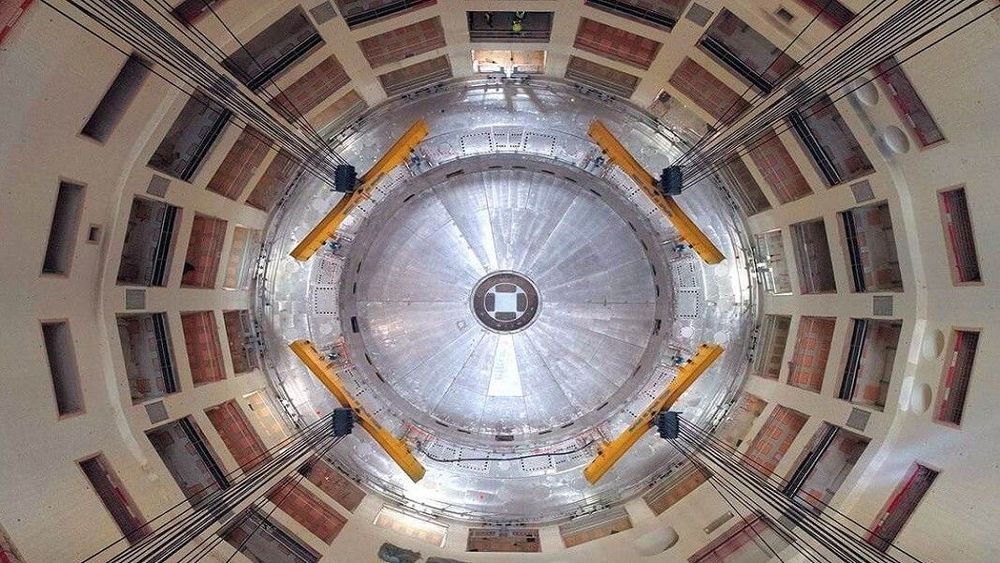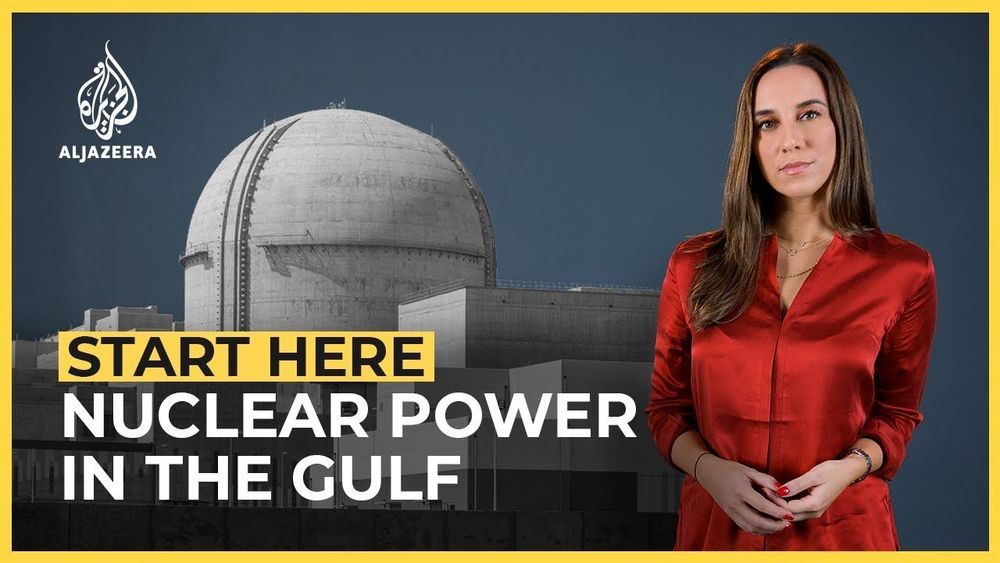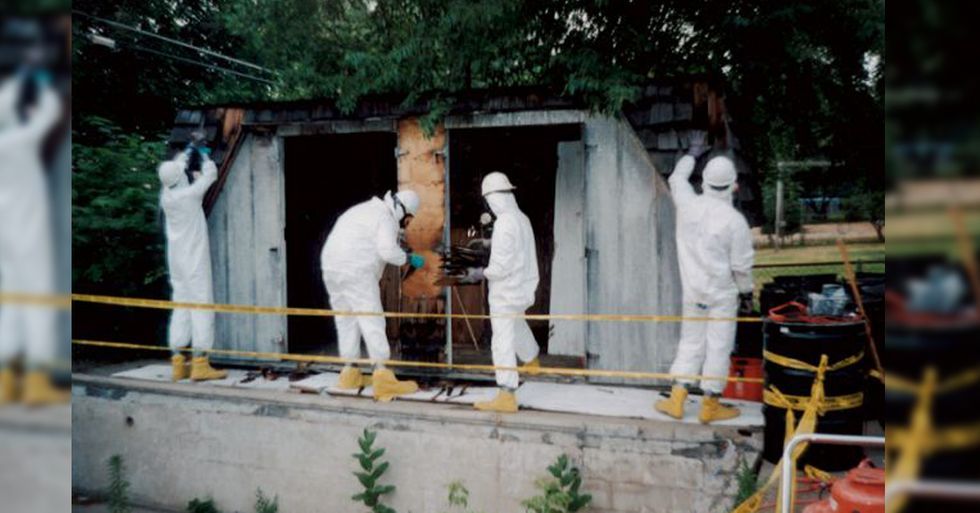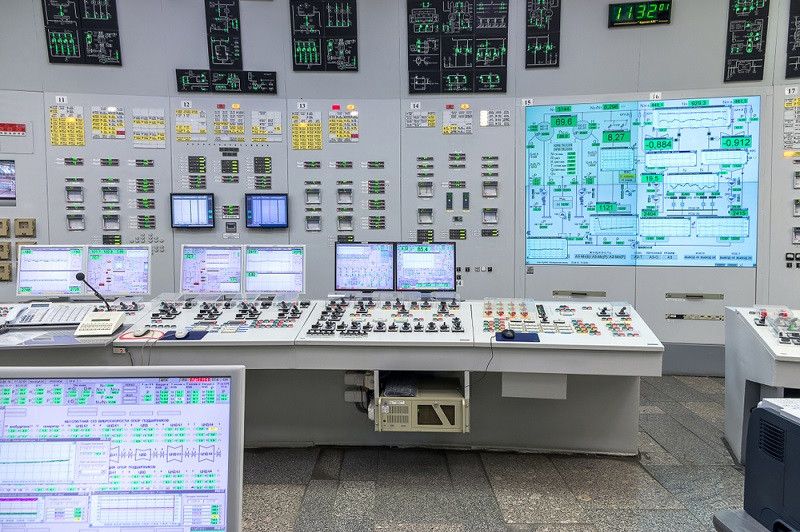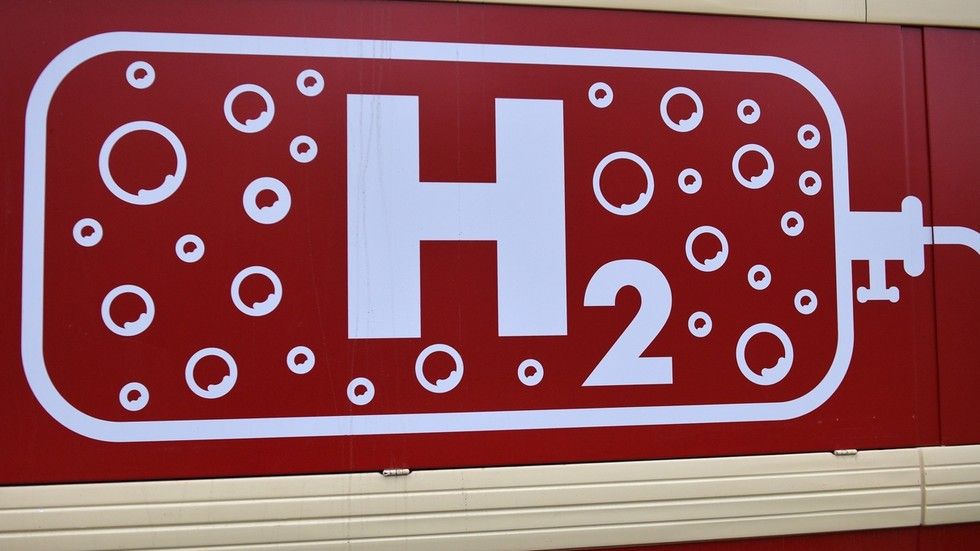Aug 3, 2020
The World’s First Open-Source Nuclear Reactor Blueprint Is Coming Online
Posted by Shailesh Prasad in categories: climatology, nuclear energy, sustainability
To advance his vision, last week EIC launched the OPEN100 project, which Kugelmass says will provide open-source blueprints for the design, construction, and financing of a 100-megawatt nuclear reactor. He claims the reactor can be built for $300 million in less than two years, significantly decreasing the per-kilowatt cost of nuclear power.
“Nuclear power isn’t just part of the solution to addressing climate change; it is the solution,” Kugelmass said in a press release. “OPEN100 will radically change the way we deploy nuclear power plants going forward, offering a substantially less expensive and less complicated solution.”
The logic behind the idea is that the biggest barrier to the widespread use of nuclear is the cost of building reactors, which most experts would agree is a major problem for the industry. Kugelmass thinks that’s because we’ve been focused on large, overly complicated reactors that take far too long to build. His solution is to go back to tried and tested pressurized water reactors from the previous century, and bring their cost down even further through standardization and a focus on speedy construction.

